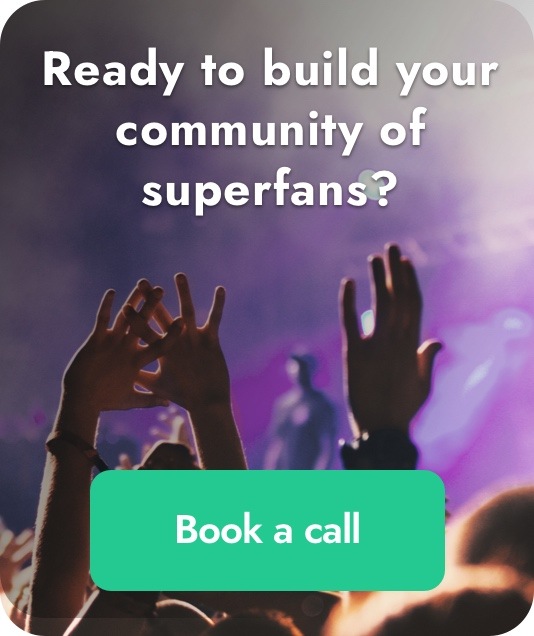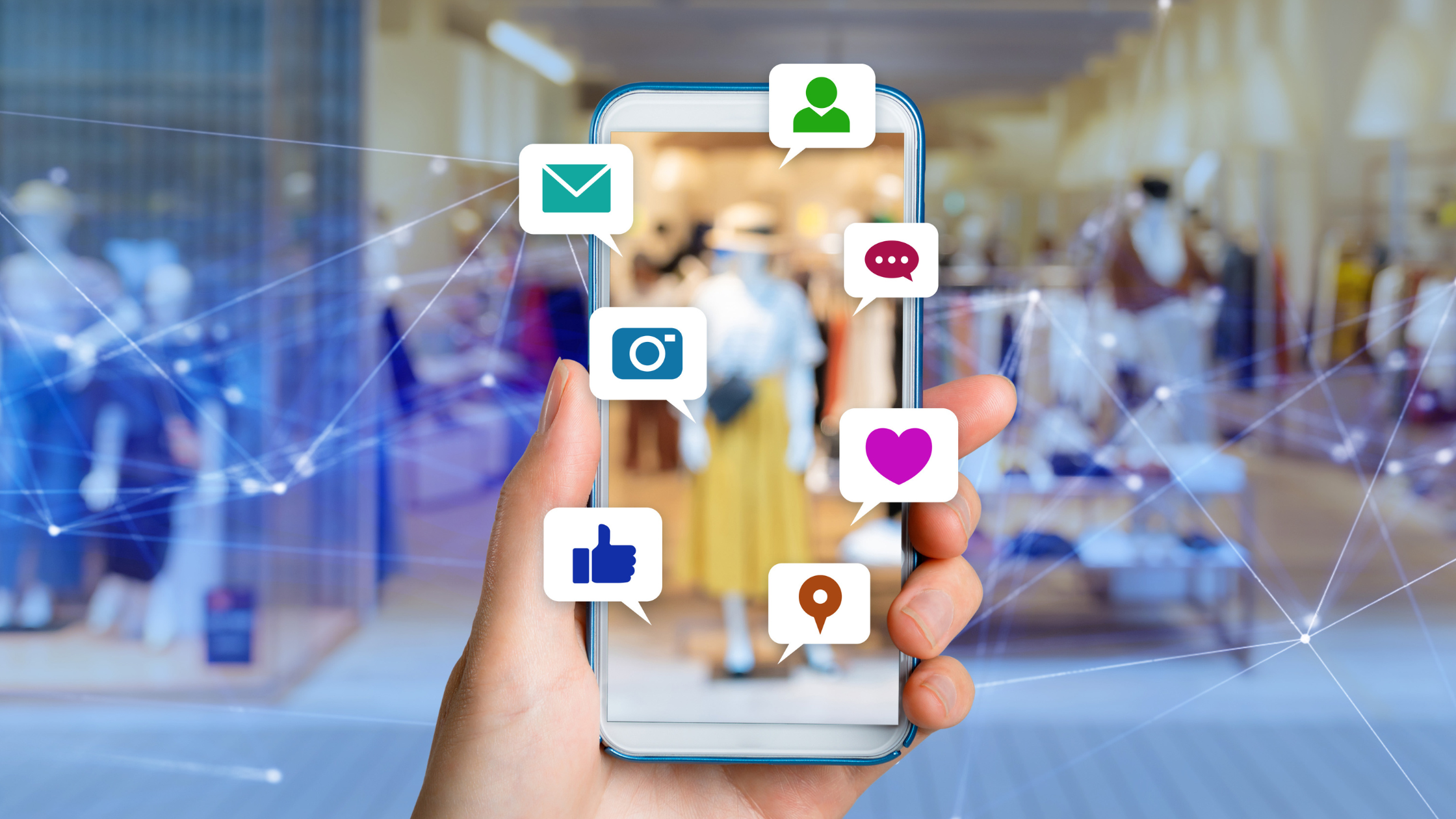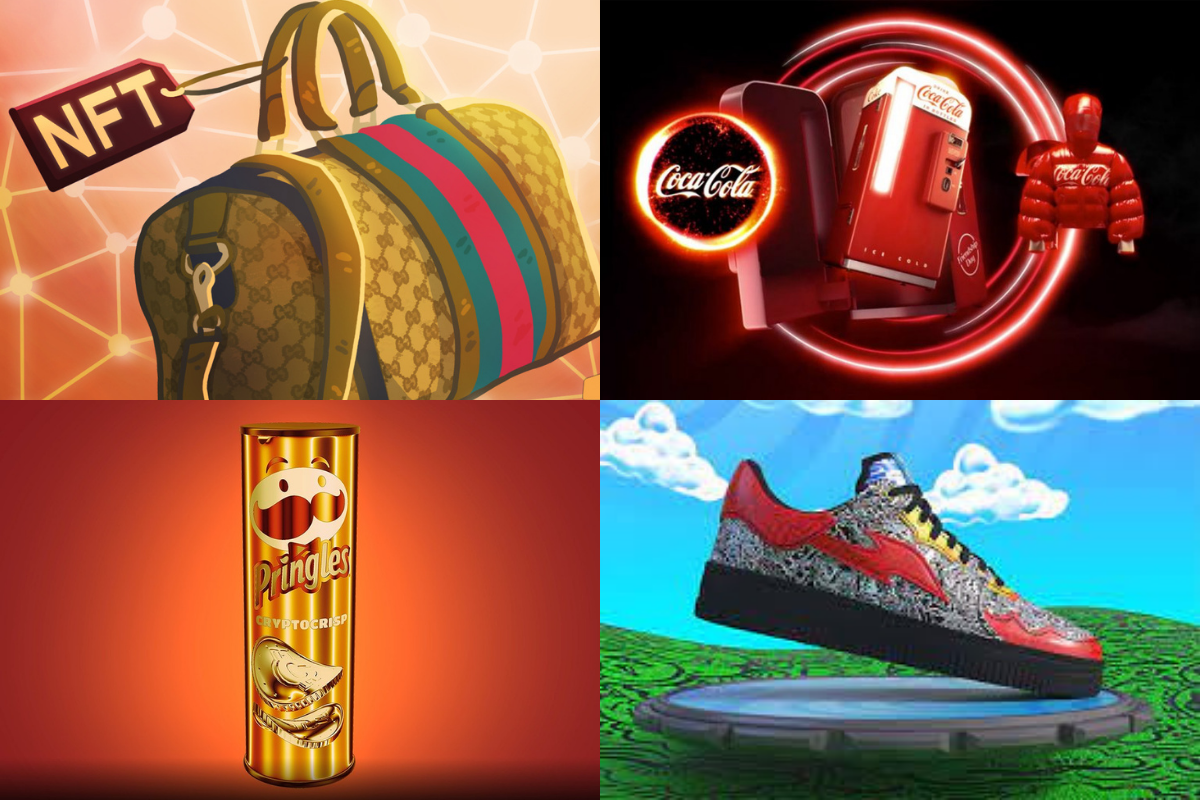Do what you do so well that they will want to see it again and bring their friends.
Famously attributed to Walt Disney, this quote goes far to explain why customer loyalty is the goal for so many brands. It’s a measure of not just how likely a customer is to repeatedly purchase products or services from a particular brand or company, but also the willingness to recommend the brand to others.
What does customer loyalty mean in today’s digital, dynamic and rapidly changing world? Read on to find out.
Before we get into what’s important in 2023, let’s take a step back.
What are the benefits of customer loyalty?

Repeat Business
When customers like a brand and keep buying from it, it leads to a steady revenue stream for the company.
Reduced Marketing Costs
It’s generally less expensive to retain existing customers than to acquire new ones, since you’re investing less money in acquiring new customers and sending out ads.
Higher Lifetime Value
People who stick with a brand tend to spend more on its services/buying its products during their lifetime in comparison to those who only buy once.
Word-of-Mouth Marketing
We touched upon this before: if customers really like a brand, they’ll tell their friends about it. It makes them brand advocates and contributes to positive word-of-mouth marketing.
Stability and Resilience
All of this basically means a brand with loyalists can handle changes and competition better, like market fluctuations, competitive pressures and unforeseen circumstances like natural disasters or political upheaval. That’s because their base of customers won’t be changing their mind about the product and their reliance on it.
Cross-Selling and Up-Selling
Loyal customers are more receptive to trying new things from a brand, like different products or services that go well together.
What were traditional customer loyalty strategies?
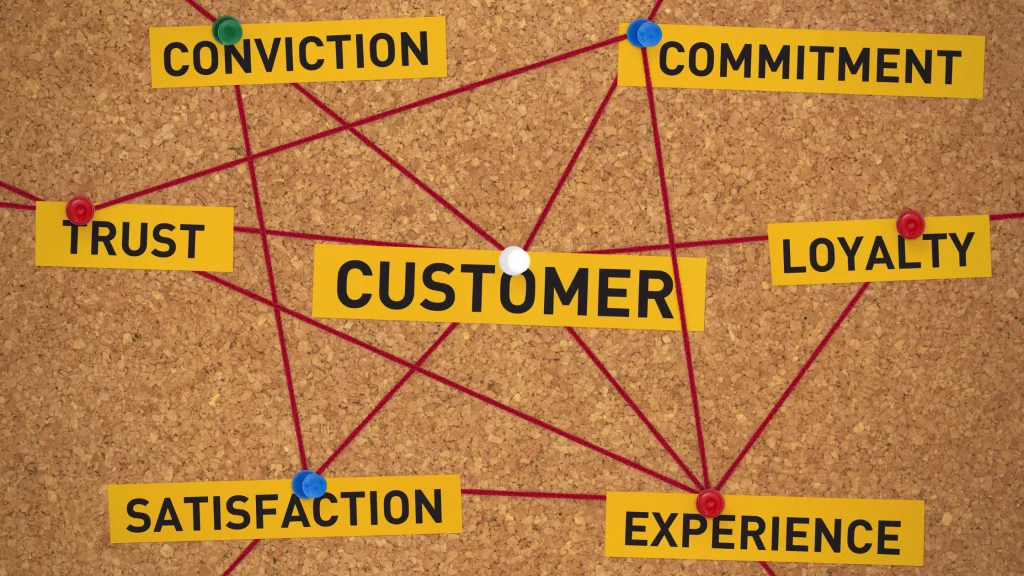
Offering Rewards and Incentives
Traditional customer loyalty strategies involve enticing customers with rewards, discounts, or points for making frequent purchases. This encourages them to choose your brand over others, boosting sales and creating a sense of appreciation.
Providing Excellent Customer Service
Exceptional service keeps customers coming back. Responding promptly to queries, resolving issues, and showing genuine care builds trust, making customers feel valued and loyal to your brand.
Personalising the Customer Experience
Tailoring experiences to individual preferences fosters a strong connection. Using customer data to suggest relevant products or sending personalised messages acknowledges their uniqueness, enhancing loyalty.
Simplifying Transactions
Streamlining the buying process reduces friction. By making it effortless for customers to find products, navigate the website, and complete purchases, you enhance convenience, leaving a positive impression.
Nurturing Relationships
Building meaningful connections goes beyond transactions. Engaging with customers through emails, social media, or even handwritten notes adds a personal touch, strengthening emotional ties and encouraging repeat business.
The commonality in all these strategies is simple: a brand needs to provide high-quality service and create an emotional connection with its customers.
What does ‘Customer Loyalty’ mean today?
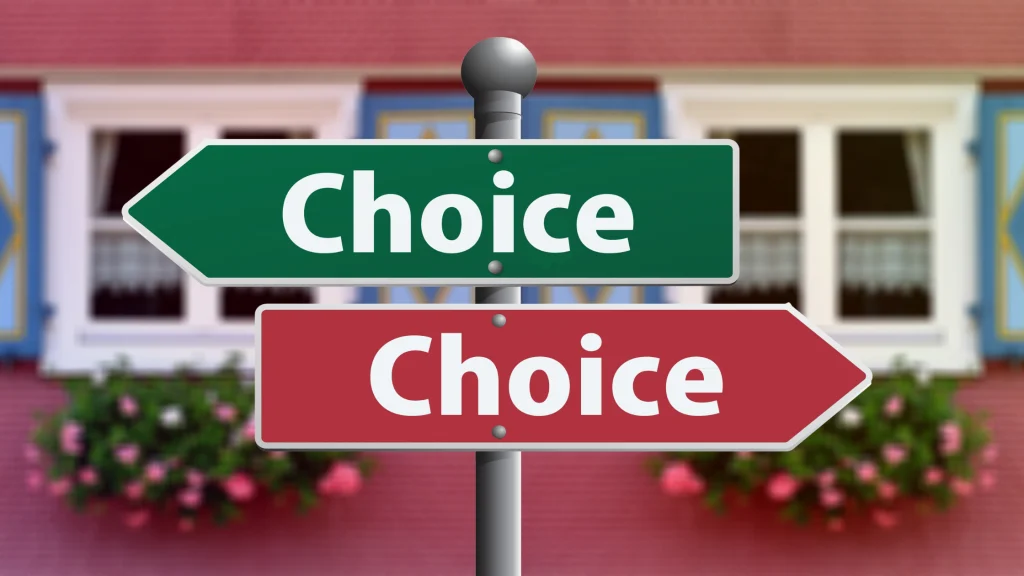
While the definition hasn’t changed, the biggest part of our audience today is millennials and adults from Generation Z. The behaviour of generations changes across the world, given cultural nuances, but one thing these two groups share across the world is that they’ve grown up with access to endless information and choices with the Internet. This makes them more discerning.
That means customer loyalty is still incredibly important, because achieving it is a hard-won and therefore more valuable goal. The audience still wants to feel like they are getting value for their money, and they’re willing to reward brands that provide a great experience.
So, how do you build customer loyalty today?
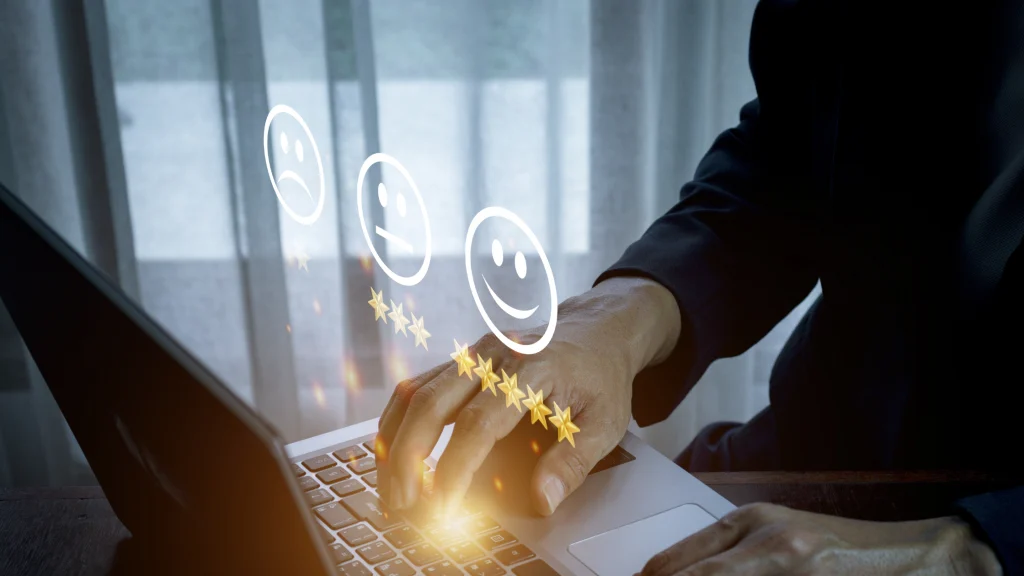
Authenticity and Values
Place a high value on authenticity and showing that you share values with the audience. They are more likely to be loyal to brands that demonstrate social responsibility, environmental consciousness, and ethical practices. If a brand is perceived as insincere or inauthentic, the audience is quick to disengage.
Experience and Engagement
Similar to the traditional idea of a high-quality experience, today’s audience is looking for something special. But it’s not about just excellent customer service: the audience seeks engaging and excellent experiences with brands. They’re more likely to be loyal to brands that provide immersive online experiences, interactive content, and opportunities for participation. In other words, when brands are ‘real’ and work to foster a sense of community and belonging through engagement, they earn loyalty.
Personalisation and Customisation
The meaning of providing a personalised experience is deeper today. While brands understand that customised experiences are important, the audience is looking for more than their name used in emails, or automated birthday wishes. In an age where data is gathered constantly, the audience expects this to be used wisely by brands to go beyond typical marketing messages and provide tailored shopping experiences, recommendations only for individuals, and discounts and sales customised to their interests.
Digital Connection and Ease
This is a digital-native generation and loyalty is tied to the quality of the digital interactions which means seamless online shopping experiences, user-friendly interfaces, and responsive customer service are more likely to retain customers. Seeing a brand go above and beyond to provide this, using new technology to automate and simplify the process, goes a long way. This also pertains to the global nature of the Internet today: potential fans do not appreciate being restricted by geographical limitations. So, regardless of where they are in the world, your brand needs to treat a customer to the same access and rewards others locally can obtain too.
Social Media
It isn’t just a shallow medium, but a proven avenue of discovery, endorsement and interaction. You can create brand connections on social media, but the landscape is that of a cluttered digital newsfeed with thousands of brands fighting for attention. So, the audience only pays attention when there’s something special, interesting and eye-catching to see.
Constant Innovation and Gratification
When everything is a touch away, and even food and household goods are delivered at top speed, taking time is a sure-fire way to lose the audience’s interest. Not only that, but when pop stars are constantly reinventing themselves and movie studios are always churning out new seasons and sequels, there is now a habit of consuming something new all the time. So, speed and innovation can make or break customer loyalty.
In short? You don’t need a lot that is, on paper, different from traditional customer loyalty strategies. However, what is important is upgrading every one of those strategies to accommodate an audience that has been fed for years with immediacy, excellence and interaction: at the tips of their fingers, whenever they desire it.
New Media and Marketing in a Digital Age
Modern needs require modern solutions, which means embracing new media and technologies, like using digital collectibles and web3. Not only does that offer you a competitive advantage, but you can:
Transcend geographies
New media and technology can help reach a wider audience. For example, digital collectibles can be traded or sold regardless of where you are, which helps brands reach a wider audience of collectors and enthusiasts.
Deeper engagement
From offering new forms of content to access to otherwise restricted events, digital collectibles help you offer fans a deeper way to engage with something they enjoy.
Hyper-Personalisation
NFTs can be used to deliver more relevant and personalised content and offers. Since, by nature, they’re non-fungible, that means every customer knows what they have is unique to them.
Our Conclusion? It’s time to adapt
Focus on creating an engaged community of loyalists for your brand, which you can do through Web3.
Not sure where to start? Work with The Blue Marble to get our easy-to-use Web3 services that strengthen bonds between your brand and fans, so you can foster lasting relationships and maintain a competitive edge. What are you waiting for?
